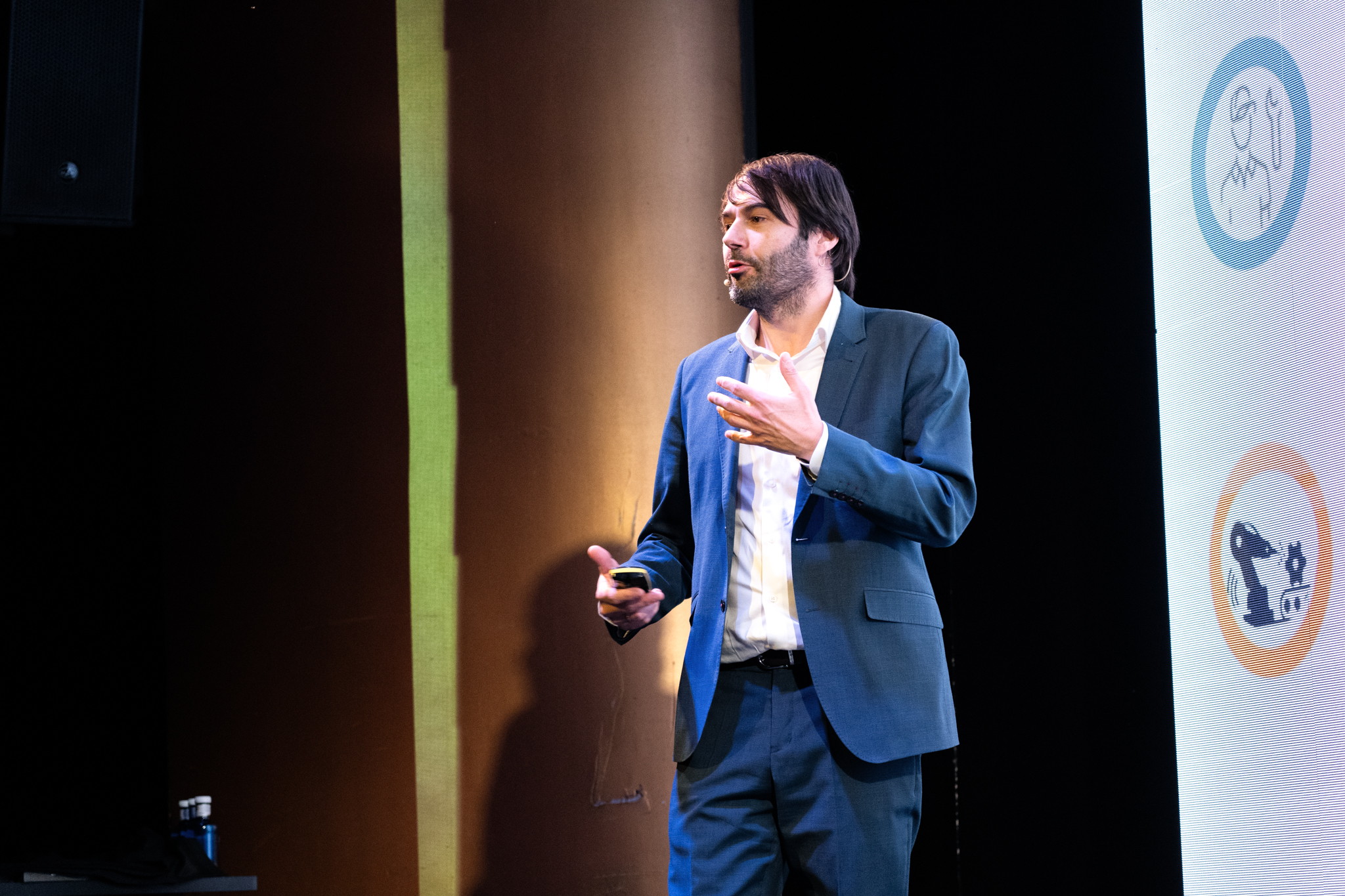Advanced IoT Security Strategies

Every device is a potential access point for IoT security threats, requiring a sophisticated, multifaceted security strategy. This strategy ranges from data encryption to vulnerability scanning and rigorous identity and access management.
Tabla de contenidos
ToggleSecure your IoT network with leading-edge strategies and effectively protect connected devices
IoT security is one of the most important aspects to consider for different types of companies, especially those related to Industry 4.0, as they increasingly rely on IoT devices to maintain their productivity and cyber-attacks on smart factories have increased.
Technological advances have radically transformed industries in different sub-sectors and have also led to the emergence of multiple IoT security risksorganizations must therefore implement IoT security policies that ensure the IoT device protectionfor which traditional cybersecurity measures are not enough.
One of the first steps is to have a platform such as Cloud & Cybersecurity by aggitydesigned to protect the assets of the organizations and incorporates different IoT security solutions to have an adequate access control, a continuous monitoring of the activity or a system to ensure business continuity. In general, an IoT solution should offer a number of important functions for the proper management of IoT threats.
Authentication and rigorous access control
Authentication and access control play a key role in IoT cybersecurity. Enterprises, especially those in the industrial sector, use multiple IoT devices and are required to implement identification and authentication mechanisms, so the devices themselves must be able to verify the identity of other devices and systems with which they interact.
Proper credential management and constant updating of passwords is mandatory to prevent unauthorized access. The implementation of biometric systems or multifactor authentication methods will provide companies with additional layers of security.

Network segmentation and micro-segmentation
Security in corporate networks is paramount and network security for IoT is one of the most important aspects of improving the organization’s IoT security. This is why micro-segmentation of the network micro-segmentation is one of the fundamental points to improve the protection of IoT devices.
The formula consists of dividing the networks into smaller segments. This limits access and minimizes the impact that security breaches can have on the entire organization. This ensures that, if one device is compromised, the damage is confined to a limited segment of the network without affecting the rest.
Comprehensive data encryption
IoT encryption is another of the techniques most commonly used by companies, especially those in the industrial sector. With end-to-end end-to-end encryption of data organizations ensure that data is protected during transmission and also when it is at rest.
Automatic updates and patches
Having applications up to date and with the latest security patches should not be an exclusive element of IoT security, but should be a must for any application or system, whether it is for enterprise or individual use.

However, in IoT environments it is even more important. Since most IoT devices operate in distributed environments and are often difficult to update manually, it is important to implement a system of automatic updates and patches to ensure that devices are protected against the latest threats.
Constant monitoring
Monitoring is another important practice for IoT security. IoT security monitoring enables rapid detection and response to potential threats.
With monitoring, data can also be collected and analyzed in real time to uncover suspicious patterns and anomalous behavior that could indicate a cyberattack is about to occur. In addition, the IoT and data privacy binomial is another important point, and with constant monitoring, data privacy is greater than if it were not executed.
Últimos posts

aggity strengthens its commitment to sustainability as a SILVER partner of “Fundación Empresa & Clima”.

aggity participates in the IBM Ecosystem Summit 2024 with an applied case of Generative AI in the food industry

Aggity, together with the multinational Fortinet, present an exclusive event in Lima on the application of Generative AI in Corporate Cybersecurity.

aggity participates in Smart Ports: Piers of the Future

aggity Supports the Contigo Foundation at its Annual Dinner

Challenges and Opportunities of Generative AI in Industry: Our Experience at BNEW

Official Liferay Partner in Spain





